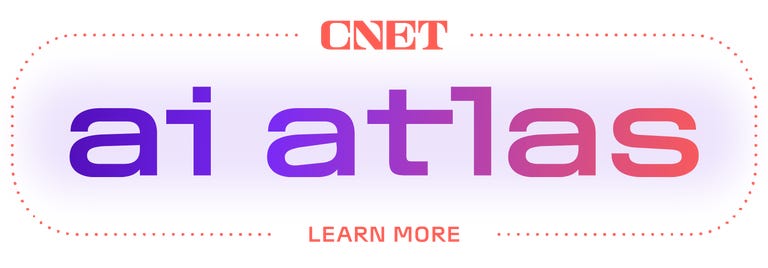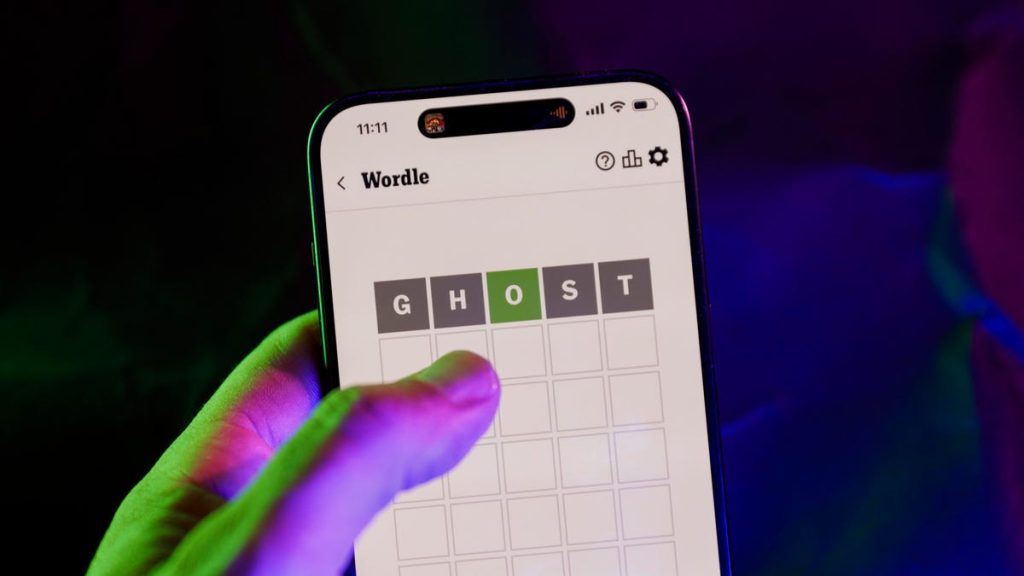I Tried AI to Soften My Professional Emails. It Worked Surprisingly Well

“It’s just that… it sounds kind of… rude,” my co-producer said to me via iMessage. She was referring to my latest email draft going out to a store we were coordinating with for an upcoming event. I was frustrated; so was she.
In the past couple of weeks, we had witnessed a team with much more expertise than us in event planning continually disrespect our needs and hold themselves to an incredibly low standard of accountability. It was now 11:30 p.m. and I was yet again ruminating on someone else’s missed deadline that I had spent my weekend working around.
This event was supposed to be fun, an opportunity to see if I could pull off something I’d never done before. The pressure was also personal. The potential success of this event was in preparation for a company I’m planning to launch in 2025. Yet, I was focusing my time on navigating soft skills like my email voice instead of strategizing how to succeed.
“Okay…” I started typing back to her. “I’ll work on it.” I put my phone down and opened my computer back up. On my screen was an artificial intelligence-powered productivity tool called goblin.tools that I’d just been using to develop an extremely low-maintenance dinner plan for the week. Maybe it could help me write a less rude email too.
I’m neurodivergent, AuDHD to be exact. This means that I have autism spectrum disorder and attention deficit hyperactivity disorder concurrently. My brain desires routine and spontaneity at all times. (Read: constantly combating myself and in a steady relationship with burnout.) Thinking of meals on the spot is an executive functioning task that exhausts me — not out of laziness, but in response to my brain’s ability to juggle life and a daily lifestyle.
I had never used any other part of goblin.tools before. Created by Bram De Buyser, a freelance software engineer, the AI tool is a “collection of small, simple, single-task tools designed to help neurodivergent people with tasks they find overwhelming or difficult.”
Like writing emails.
It’s currently free and without paywalls (except in China) and available everywhere in the world. I find the user experience easy to navigate — just don’t expect to be visually stimulated. (For more AI reviews, news, tips and explainers, check out CNET’s AI Atlas resource page.)
Using AI to ‘formalize’ emails
Goblin.tools’ categories, which include Formalizer, Magic ToDo, Judge, Estimator and Compiler overwhelmed me — specifically because they’re labeled vaguely instead of literally — so I hadn’t known what else existed on the site.

But at that moment, my emotions were incredibly overwhelmed, which translated into me utilizing my mouse’s clicker to quell the buzzing feeling zipping through my body and pulling me into a frenzied state.
This is how I ended up navigating to the “Formalizer” tab. I landed on a page with a subheader that read, “Turn the spicy thoughts into classy ones, or vice versa.” Underneath it, I clicked into a drop-down menu with a rotating list of uses for converting language.
I skimmed over the first couple on the list, scanning for what would best suit what I needed. “More professional.” ” More polite.” “Less snarky.” Next to it, a button with three chili pepper emojis opened to a “spiciness level,” which allows you to choose how strongly you want your language to come across.
I would normally spend hours trying to read into my own emails, then read into them from someone else’s point of view and continue to rearrange syntax until my message felt more conversational to the receiver. So this newly found tool felt like a beautiful, angelic gift coming to me in a time of need — even if I was also hesitant to believe this was more than a redundant AI gimmick that would shoot out the same 10 responses, regardless of what I wrote in its text box.
And then I chucked my seemingly rude email draft into the text box. I scrolled through my options and chose “less emotional.” I was startled to watch my stark email become something almost poetic.
What laid out before me was a more spacious version of myself; a firm but kindly worded email that advocated for my needs, yet maintained integrity. I was hooked.

Should you let AI help write your professional communication?
With 13 different language converters, from bullet points to creating “more sociable” language, goblin.tools has been one of the most productive digital crutches for me as a professional and as a human who struggles with time management.
To get the most out of this tool, I recommend playing around with different phrases to understand how each converter works. Formalizer is, of course, grammatically perfect, so you may still have to edit language slightly to sound more like yourself. But it spits out responses so quickly that time isn’t really lost by removing extra commas.
I also like goblin.tools simply because it’s using AI for good. AI for productivity — particularly created for a marginalized community — with the expectation of making the mundane aspects of life easier, a great use of technology. The Formalizer is no exception. Plus, there aren’t any exceptions for who should or should not use this digital communication tool.
The stressed, newly appointed CEO? The Gen Z entrepreneur, the parents navigating their career and their children’s education? Recommend, recommend, recommend.
By the time you click off the site, you’ve worked through your negativity and turned a potentially scathing email into a polished, efficient point of view — all without ruining a relationship you may (or may not) want to keep. Voila!
If nothing else, goblin.tools is a great AI tool that doubles as a journaling technique. No matter who you are, no formalities are needed — unless you want it written that way.
Read more: Overwhelmed by Your Email Inbox? New Gmail AI Will Summarize Messages for You
Editors’ note: CNET used an AI engine to help create several dozen stories, which are labeled accordingly. The note you’re reading is attached to articles that deal substantively with the topic of AI but are created entirely by our expert editors and writers. For more, see our AI policy.





